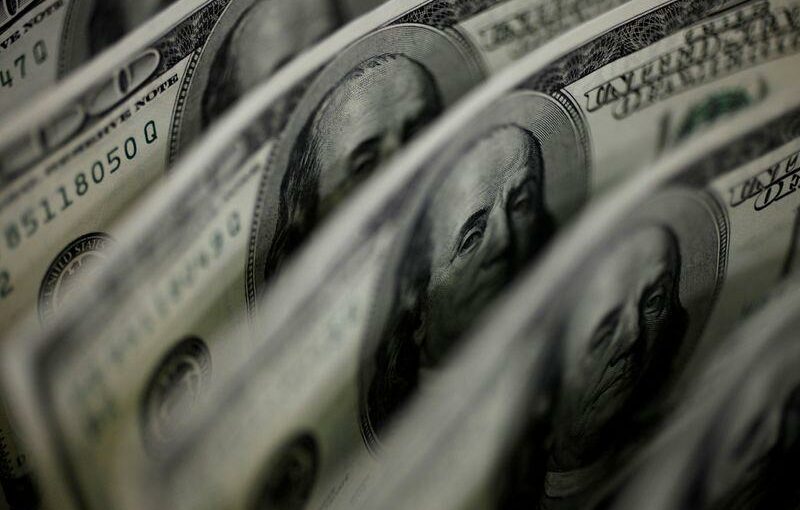TOKYO (Reuters) – The dollar remained on the back foot on Friday as an improvement in risk appetite sapped demand for the safest assets, with investors taking cheer from U.S. economic data wasn’t as bad as feared.
Wall Street also provided a lift to sentiment, as stocks rebounded after earnings season got off to a strong start and concerns eased around hedge funds selling long positions to cover shorts.
The dollar index was little changed at 90.566 early in the Asian day, after slipping 0.1% overnight.
The gauge is still on track for a 0.4% weekly advance following safety buying at the start of the week amid concerns that President Joe Biden’s fiscal spending package will not be as large as the proposed $1.9 trillion.
However, many analysts expect the dollar to return to the downward trend that saw it lose nearly 7% of its value last year, particularly with the Federal Reserve committed to ultra-easy monetary policy.
“Wide expectations of that huge issuance that’s coming and the support of the Fed mean that we’re looking in the medium-term for further U.S. dollar weakness,” said Michael McCarthy, chief strategist at CMC Markets in Sydney.
“The flipside of the reversal in risk appetite is we’re seeing good support for commodity currencies,” like the Australian dollar, he added.
The Aussie was about flat at 76.75 U.S. cents after rising 0.2% overnight.
The euro was little changed at $1.21175 after edging higher in the previous session.
The dollar advanced 0.1% to 104.335 yen, another traditional safe haven, adding to the previous day’s gains of about 0.2%.
Bitcoin continued to edge higher, trading at $33,899, after surging more than 10% on Thursday.
The world’s most popular cryptocurrency has been consolidating since touching a record high of $42,000 earlier this month.
Source: Read Full Article
